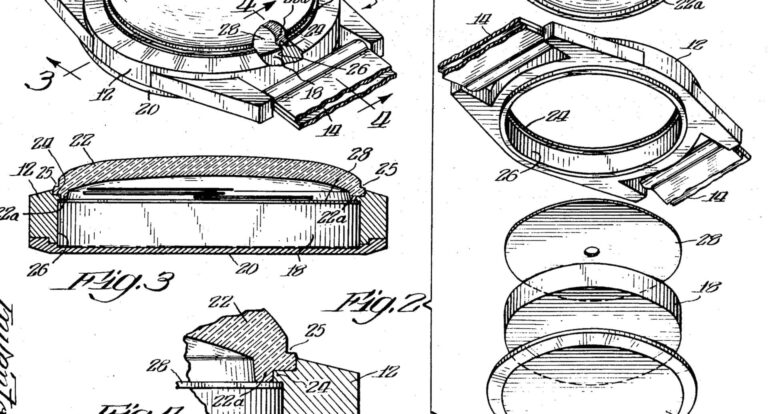Fergus Nash
If you’re a watch enthusiast, choices are plentiful these days. There are an ever-increasing number of low-cost options from microbrands and major brands alike. The watch industry has never been more competitive, with almost every type of watch imaginable now being made by brands. That said, if you have a desire that’s so specific that no one else can fulfill, sometimes the only way is to make it yourself. Later in this series, we’ll show you how to modify watches or work with a maker to create the watch of your dreams, but today we’ll show you how to assemble a watch from parts.
Step 1: Create a mood board
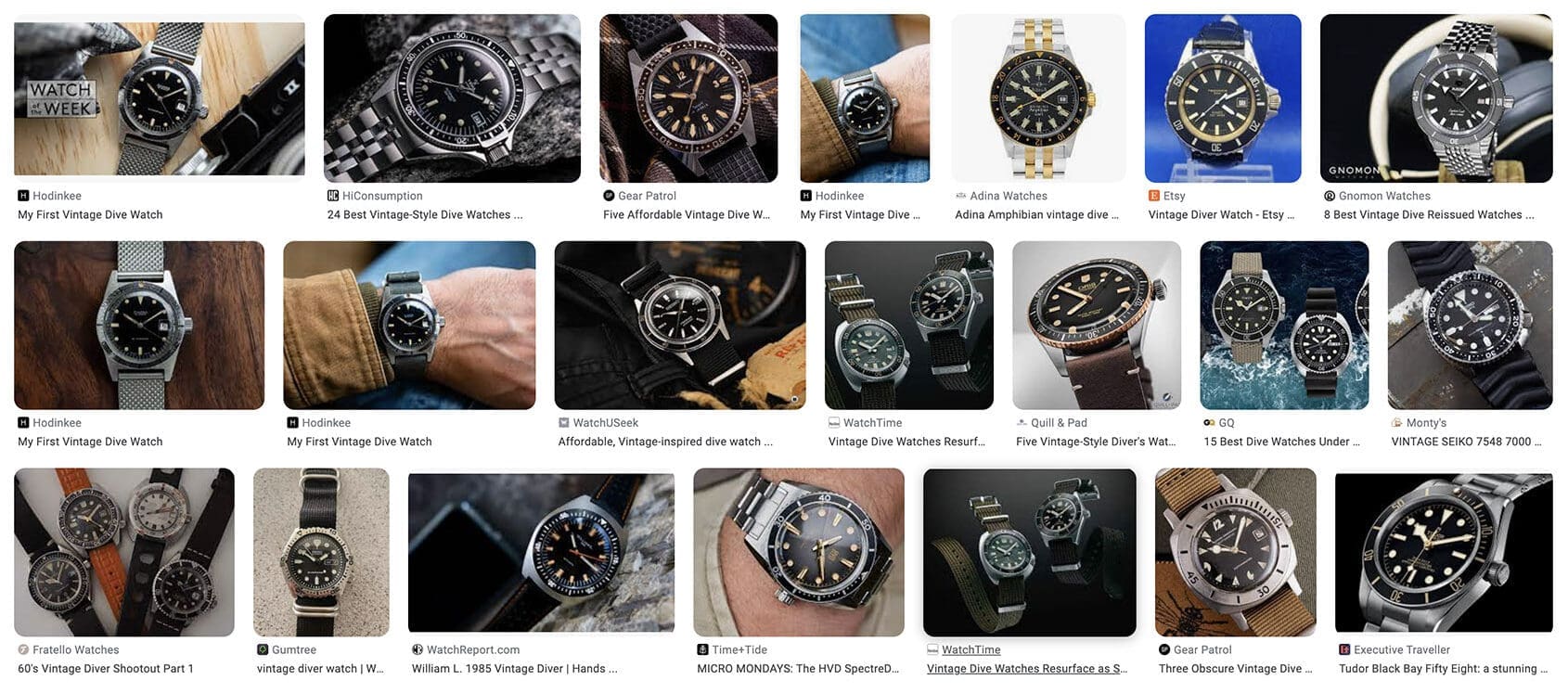
While enthusiasm to shop for parts and browse vendors can be powerful, patience is definitely a must during the concepting stages of your first DIY clock. Designers and makers across industries attest to the importance of a mood board of inspirational images. A mood board can be anything: a watch you already love, a photo of a landscape, or something that captures the emotion you want to feel every time you check the time. This can help you narrow down your strategy for buying parts and maybe discover something you didn’t know you wanted. If you have Photoshop skills, you can even try out mockups of different components and colors to see what works.
Step 2: Buy your tools

If you’re already a DIY enthusiast, you probably have a strap tool and a small screwdriver, but assembling watch components requires quite a bit of specialist equipment that you’ll struggle to do without. Some of these include grips and case knives for opening and tightening the back, movement and case holders, tweezers, gasket grease, and more. There are kits you can buy for under $20 that include almost everything you need and work well, but they won’t last as long in the long run if you want to build more watches or repair them yourself. If you have enough money to invest in this project, you can also buy Swiss tools from a reputable company like Bergeon.
Step 3: Choose a movement
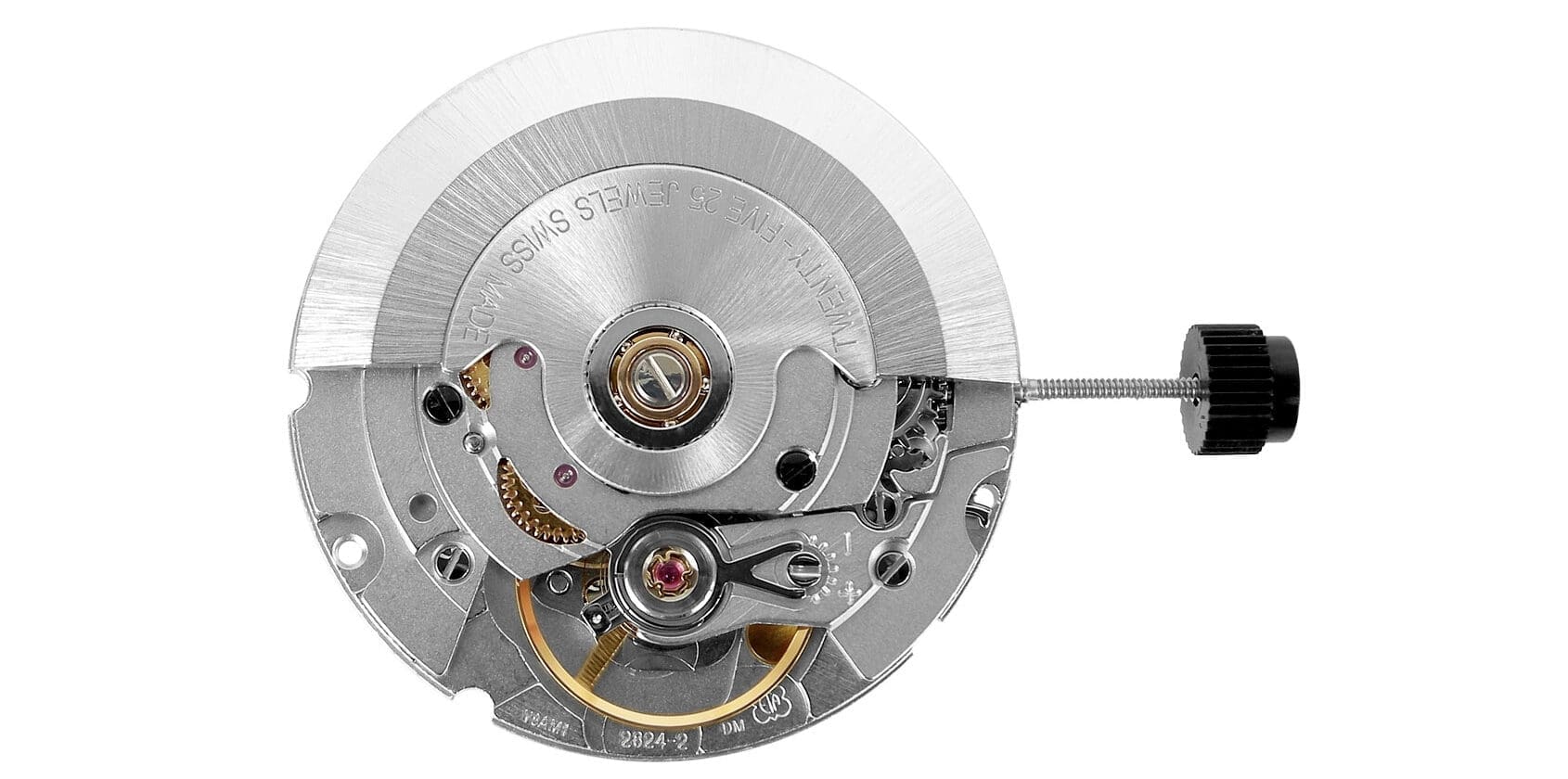
Your choice of movement will be the basis for all future decisions, to ensure that everything you buy is compatible. Cases, dials, hands, and other parts are all designed specifically for that particular movement and often will not fit other movements unless they are exact clones. If you are on a budget, something like the Seiko NH35 is an easy choice. Not only is it an easy to adjust and good performing movement, but there are probably more aftermarket parts made to fit it than other calibers. If you want something a little more premium, the ETA 2824 or 7750 are also popular choices, opening up the option of buying a vintage non-working Swiss watch for the case and dial.
Step 4: Go shopping!

Once you have everything you need, it’s time to have fun! eBay and Aliexpress are great websites to browse watch assembly parts. Simply search for the parts you need, then search for the movement of your choice. The most immediate results will probably be homages to popular Rolex and Omega styles, but if you look a little deeper, you’ll soon find other options. Don’t forget to take into account things like the location of the date window on the dial. For example, if your date wheel is at the 6 o’clock position, you may need to buy a different date wheel. Other things to look out for are the length of the hands if you want them to rest against the markers on the dial, and the water resistance rating of the case.
Step 5: Preparation
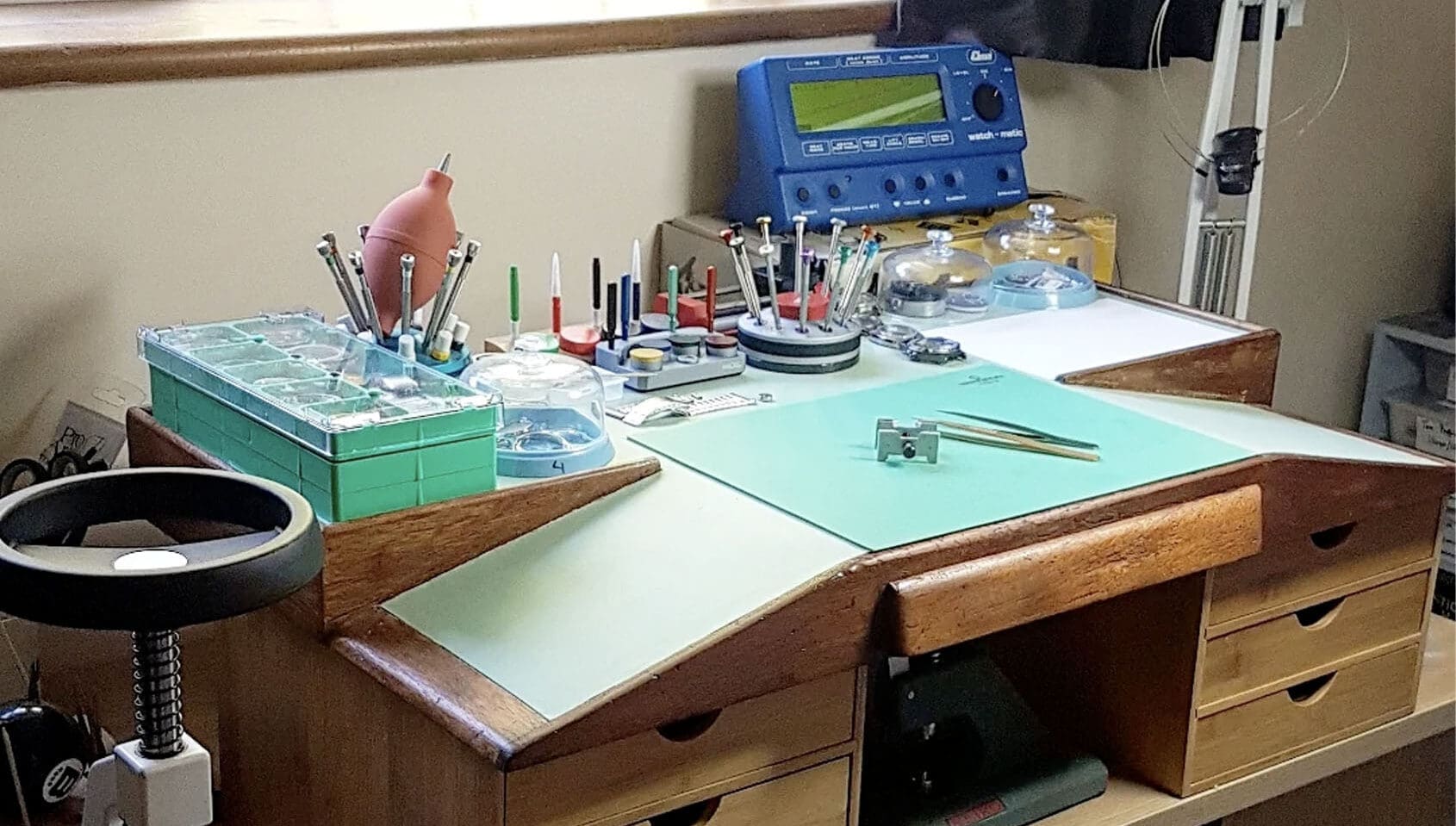

Before you start assembling, make sure your work space is clean and well lit. When you’re working with such small parts, accidentally dropping a screw off your desk can be a disaster, so make sure you put the parts you buy somewhere that they won’t be tossed and forgotten about. If you want to customize it further, like staining the luminous parts with coffee to make them look old or painting something unique on the dial, you should do that at this point. Make sure everything is completely dry before sealing it in the waterproof case. Also, watch at least a few YouTube videos of people assembling watches, preferably using the same movement, to get a good understanding of how everything fits together and in what order. If you purchased a timegrapher, such as the Weishi 1000, it’s a good idea to check and balance the movement for accuracy before assembling the watch, but also after.
Step 6: Assembly
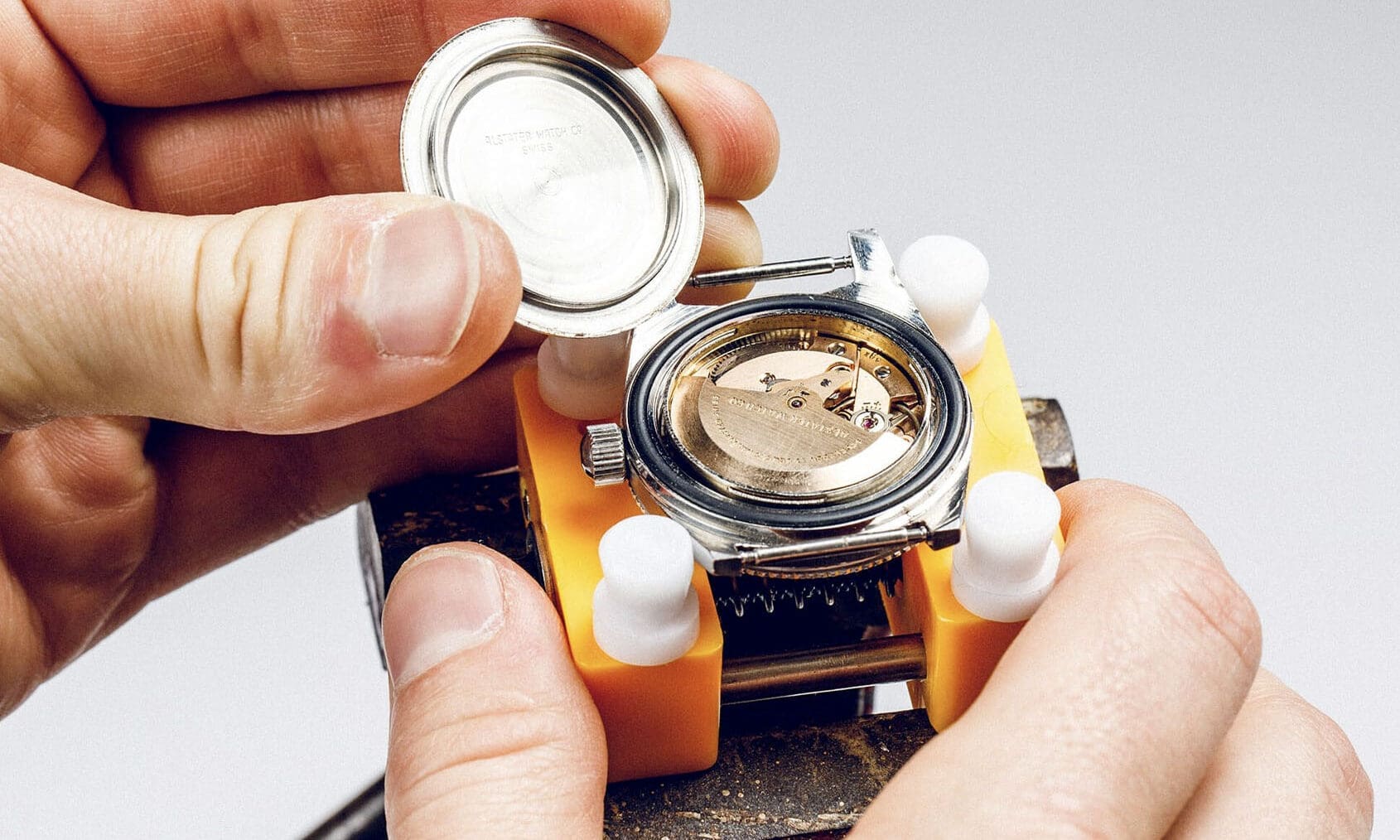
Now it’s time for the final step. All that remains between you and the assembly of your dream watch are a few friction fits and screws. If you’ve done your homework with YouTube videos, you know that this part of the assembly is very easy in theory and only gets harder with the size of the parts. Using gloves is not required, but it is recommended. Make sure your gloves are powder-free. Check your progress at each step to avoid having to redo things. For example, make sure the hands can pass over each other without touching, and that the crown is flush with the case after you’ve measured and cut the stem. Once everything is assembled, congratulations! Wipe it gently with a microfiber cloth and secure it to your wrist with your favorite strap or bracelet. Even if you later realize that a dial without a date would have been better, or that the color of the hands might be a little different, at least you know how to change them.
